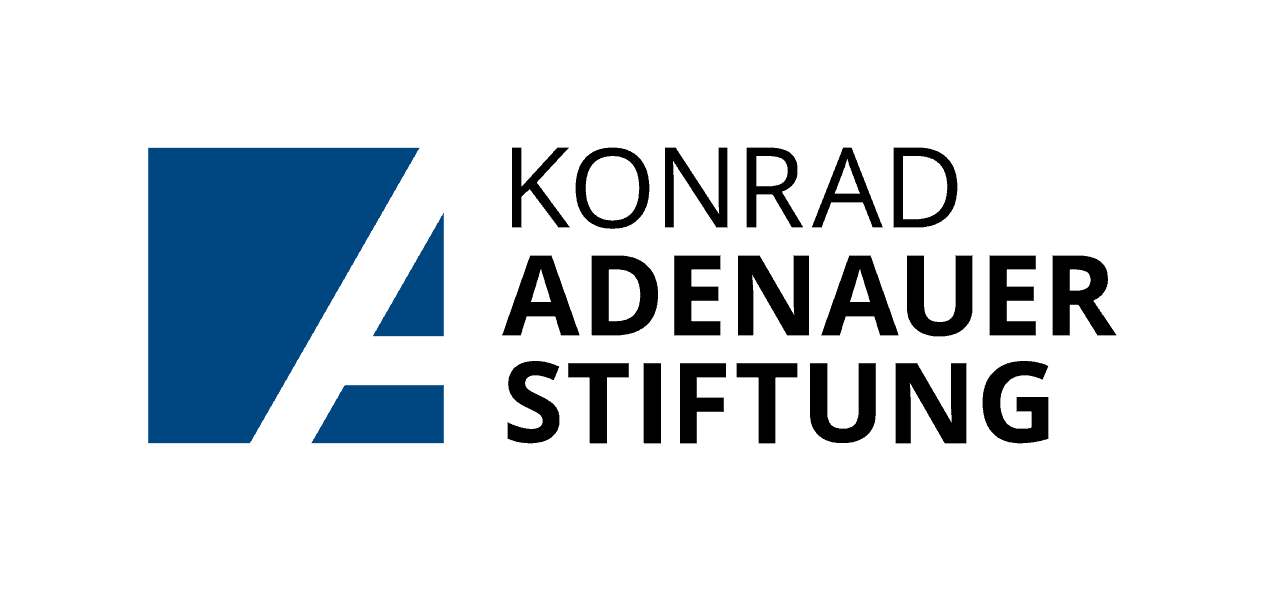To interpret figures and graphs, first start at the legend! With graphs, you need to understand the scale and the starting point. It is easy to make a small change look dramatic by increasing the scale and starting only with the section of the figures that show the change. Be sceptical with fractions or percentages when interpreting graphs. Keep in mind the previous information about samples and the comparison group.
Sometimes, two sets of figures seem to follow the same pattern. However, this does not prove that they are necessarily related to one another or that there is a cause-and-effect relationship. Children get bigger as they get older. Their language skills improve as they get older, around the same rate. But that does not mean that physical growth improves language skills! Again, you need to carefully read graphs and charts to assess why a relationship is being suggested. Is there valid research on a similar or comparable area to support the relationship? Likewise, just because something happened after something else, does not automatically prove that the first event caused the second. Data alone cannot prove anything. Research requires an examination of the context, ruling out other possible causes and identifying the precise mechanism by which the first event may cause the second.
When examining the context of the data, check which institution conducted the survey and whether they represent specific interests. The news agency Reuters investigated the results of an e-cigarette experiment performed by Philip Morris International Inc. The company wanted to develop a cigarette being not more harmful than a cup of coffee. The Reuters’ article lays out how research results can be interpret oppositional. Be also critical of surveys organised by universities. Some departments rely on the money of private donors who might seek individual interests in sponsoring the research.
By this time, you would have gathered information, possible names for potential sources and built up your databases. The next chapter will explain how to identify good human sources and how to gain insight into what they reveal.

